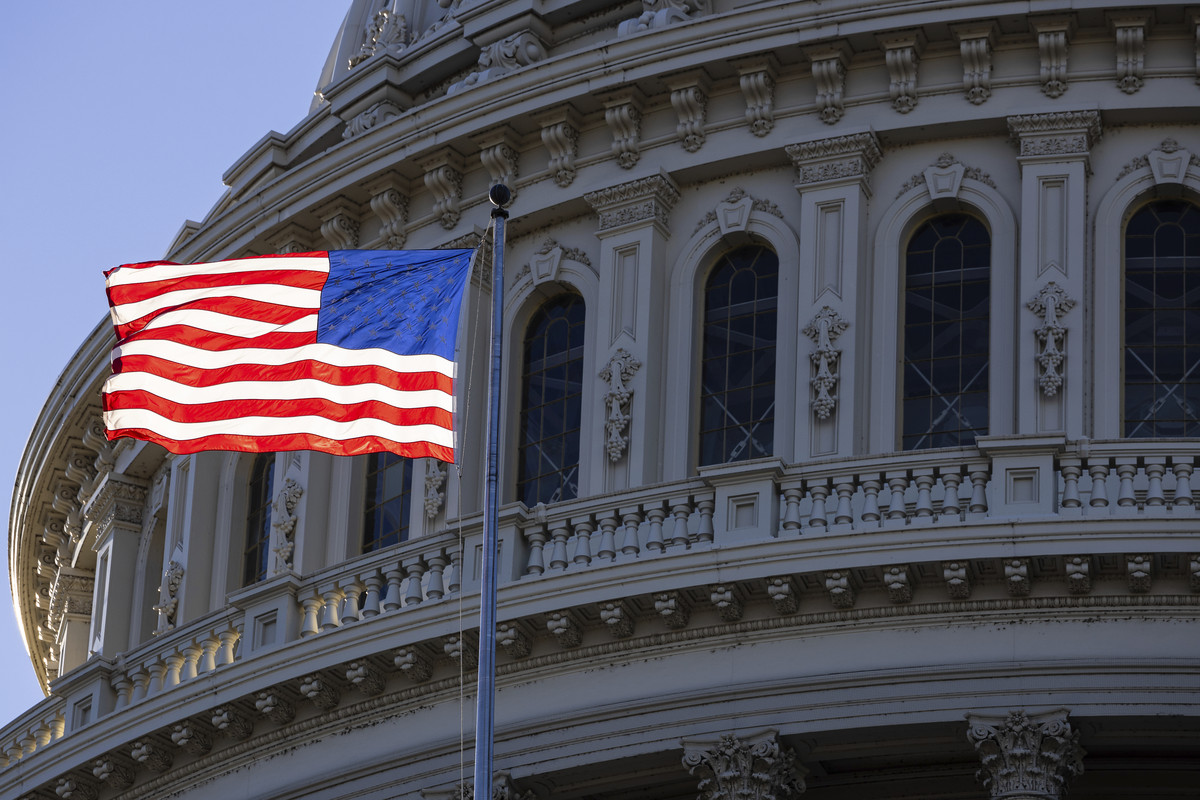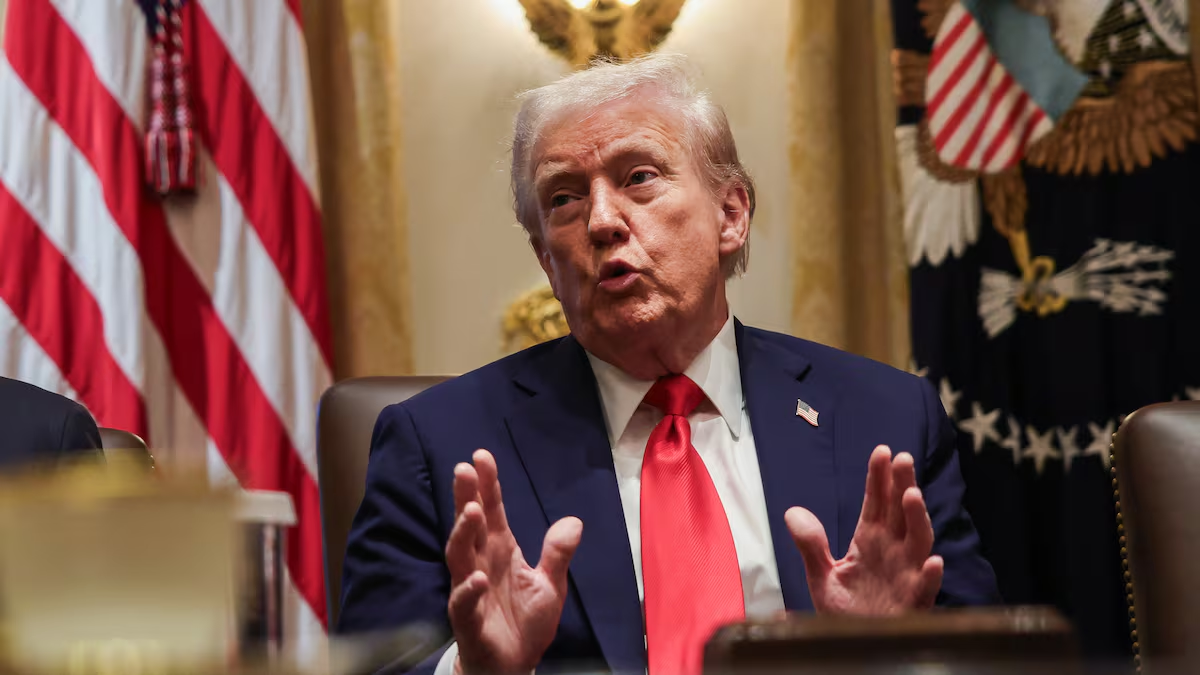Projections indicate that the Trump tariffs deficit strategy could lead to a significant drop in the U.S. federal deficit over the next decade. If current tariffs are made permanent, government forecasters estimate a possible $2.8 trillion reduction by 2035, offsetting the fiscal consequences of recently approved federal spending plans.
Since early in his presidency, Trump enacted import tariffs ranging from 10% to 50% on a broad range of goods. These measures have already generated tens of billions of dollars in government revenue. The nonpartisan economic estimate assumes these tariffs remain long-term, offering a powerful tool for deficit control amid rising fiscal pressures.
Fiscal Gains Offset Budget Bill Deficits
While a recent House-approved budget could raise the federal deficit by $2.4 trillion over the same time period, revenue from tariffs may counterbalance that increase. However, this optimistic outcome hinges on several unpredictable factors, including consumer behavior and international trade flows.
Economic Risks and Legal Uncertainty
The forecast includes substantial caveats. With no modern precedent for such extensive tariffs, the actual revenue impact is hard to predict. Tariffs might suppress imports more severely than anticipated, reducing taxable volume. Conversely, imports could remain steady, generating even higher income than expected.
The outlook does not include newly implemented steel and aluminum tariffs, or the possible reactivation of suspended duties. Additionally, many tariffs rely on a reinterpretation of a decades-old trade law and are currently being challenged in court. These legal challenges could alter the long-term fiscal outcome.
Broader Impacts on Growth and Households
While potentially beneficial for deficit reduction, tariffs are also expected to raise inflation and slightly dampen economic growth. Price increases may affect both low- and high-income households, although more analysis is needed to determine the exact distribution of the burden.



